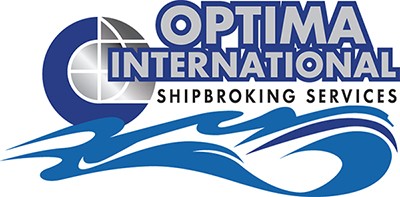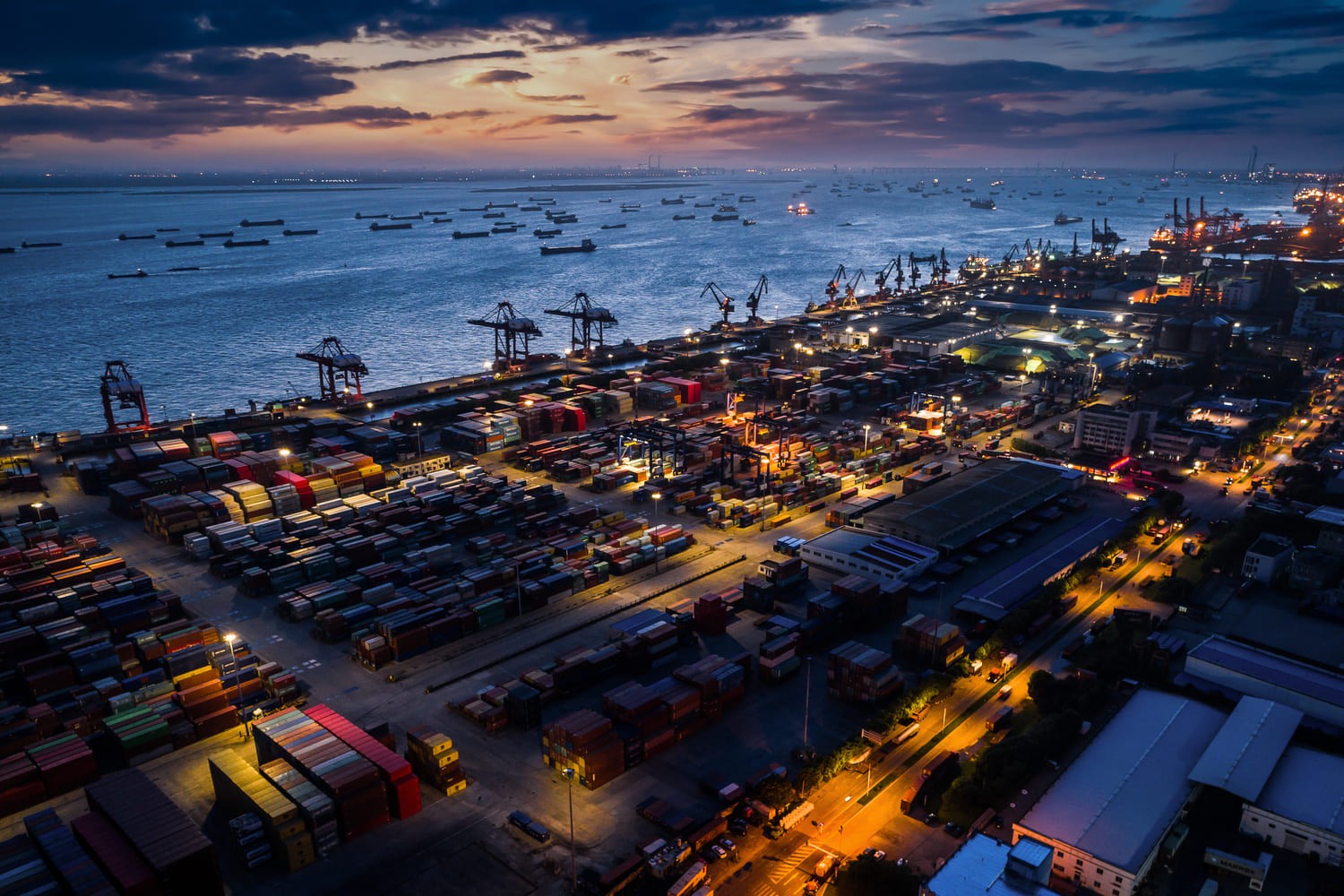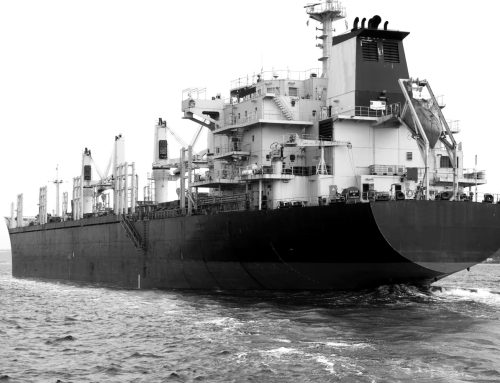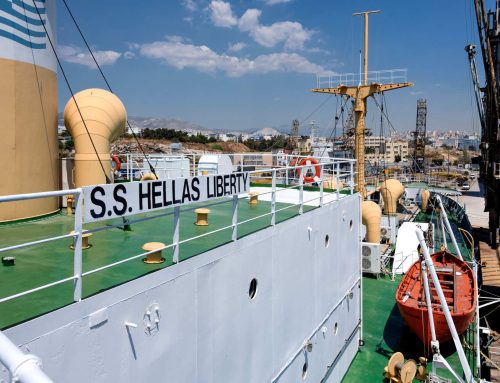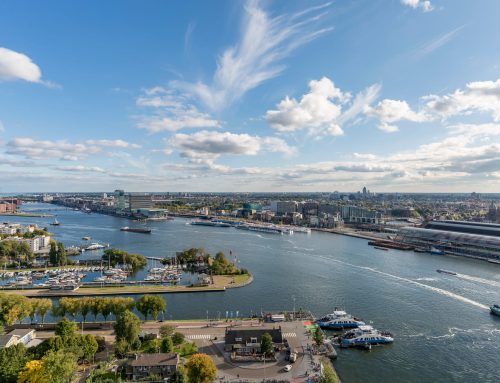The Port of Shanghai is China’s leading commercial and financial center, and it has been called the world’s fastest-growing economy. Shanghai’s architectural style is unique and recognizable in its range of height, design, color, and unusual features.
Shanghai, which literally means the “City on the Sea,” lies on the Yangzi River delta at the point where China’s main waterway completes its 5,500-km (3,400-mi) journey to the Pacific. Until 1842 Shanghai’s location made it merely a small fishing village. After the first Opium War, however, the British named Shanghai a treaty port, opening the city to foreign involvement.
The village was soon turned into a city carved up into autonomous concessions administered concurrently by the British, French, and Americans, all independent of Chinese law. Each colonial presence brought with it its particular culture, architecture, and society.
The oldest discovered settlement in the area dates to 5,000BC, but the village only gained fame around the 4th century CE. It was then known as Hu, a name derived from the special fishing traps the locals used near the mouth of the Yangtze. It must have been an important-enough invention, for it is still one of the symbols of the modern city. But it took almost a millennium and a stormy Mongol conquest, until the villages around the Yangtze estuary were fused together to form the city of Shanghai and participate in the growing shipping industry. The year was 1291, and Genghis Khan’s grandson Kublai ruled a mega-empire out of Beijing.
From the 5th to 7th Centuries AD, the area of today’s Port of Shanghai was known as Shen or Hudu. It had few residents and was not developed. In 1074 during the Song Dynasty, Shanghai was upgraded from village to market town status. However, its position on the Yangtze River delta slowed down its growth. A second sea wall was added in 1172 to stabilize the coastline. Under the Yuan Dynasty, the Port of Shanghai became an official city in 1297.
As Mongol rule fell apart less than a century later, the Ming emperors saw Shanghai’s real strategic potential for international, coastal, and inland trade. Not only did it control the access to Asia’s longest and most important navigable river, but its geographic characteristics made it ideal for a major port. Completely flat and interspersed with numerous waterways, it was also the only ice-free port in the northern half of China – perfect for year-round navigation, logistical infrastructure, and unlimited expansion. As a result, records from the time indicate that most of the city’s 300,000 inhabitants were employed in shipping.
Shanghai’s fortunes in the following centuries swung between prosperity and hardship, as the port’s development often attracted Japanese pirates. After some devastating raids, the Ming emperors unleashed a decade-long campaign against the daring marauders, annihilating most pirate-fleets and restoring unobstructed maritime trade. Another menace, however, was not so easy to deal with. In the coming centuries, it would lavish Shanghai with immense riches and cause it terrible calamities.
By 1735, the Port of Shanghai became the Yangtze region’s most important seaport due to two significant factors. During the Qing Dynasty in 1684, the port was allowed to accept ocean-going vessels, and Shanghai gained exclusive control over customs collections for all foreign trade in Jiangsu Province.
In the 19th Century, the Port of Shanghai’s importance grew tremendously. It occupied a valuable strategic position for trade with the West. The British held the Port of Shanghai briefly during the First Opium War. When the war ended with the Treaty of Nanjing in 1842, the Port of Shanghai became one of the treaty ports open for international trade. Further agreements, the Treaty of the Bogue (1843) and the Sino-American Treaty of Wangsai (1844), exempted foreign powers from local laws and began the era of foreign concessions.
The British and American settlements joined in 1863 to form the International Settlement in the Port of Shanghai, while the French maintained their own separate French Concession. The Port of Shanghai became a magnet for foreigners who stayed there for years, sometimes for generations, calling themselves Shanghailanders. The Port of Shanghai became an official municipality in 1927 under the Republic of China, but the foreign communities were still exempted from Chinese control.
White Russians and Russian Jews fleeing the new Soviet Union came to the Port of Shanghai by the thousands in the 1920s and 1930s. The “Shanghai Russians” grew to be the second-largest foreign group. By 1932, the Port of Shanghai was the world’s fifth biggest city and had a foreign population of 70 thousand.
The Second Sino-Japanese War, lasting from 1937 until 1945, made the Japanese community an important group in the Port of Shanghai. They built the first factories in the Port of Shanghai which other foreigners soon copied, starting Shanghai’s industrial sector.
In early 1932, the Japanese bombed the Port of Shanghai, ostensibly in response to student protects of the occupation of northeast China. In 1937, the Battle of Shanghai ended in Japan’s occupation of the non-foreign areas of Shanghai, and the Japanese occupied the International Settlement in 1941, holding it until 1945. In 1949, the People’s Liberation Army, controlled by China’s Communist Party, took control of the Port of Shanghai, and most foreign interests moved to Hong Kong.
During the middle 20th Century, the Port of Shanghai grew into a busy industrial center and a strong supporter of the people’s revolution. Even through the difficult years of the Cultural Revolution, the Port of Shanghai continued to be economically productive and socially stable. Throughout most of the People’s Republic (Chinese) history, the Port of Shanghai has been the most significant contributor of tax revenues in China.
The Port of Shanghai’s contributions to the economy of the nation came at a high price for the city. The Port of Shanghai infrastructure deteriorated, and further development was severely limited. Because the Port of Shanghai was so important to China’s economy, it was not afforded many of the economic liberalizations that other areas received in the middle 1980s. Finally, in 1991, the Port of Shanghai was given permission to implement economic reforms. This began today’s era of economic and building booms.
For years, the Port of Shanghai has been competing with the Port in Singapore for the title of the largest port in the world. In 2010, Shanghai’s Port surpassed its rival by 500,000 TEU, thus becoming the largest port in container throughput.
In 2013, a total of 33 million TEUs were loaded and unloaded in Shanghai. The numbers are growing every year.
Besides, the appropriate port layout allows it to receive the largest container ships in the world. It has 100+ ton lifts, as well as fixed, mobile, and floating cranes. The port has at least 125 docks and 19 terminals. It has three break-bulk terminals and two bulk cargo terminals in the Luojing, Wusong, and Longwu areas. Its cruise terminal has the capacity to handle one million passengers every year. Only this port in China accepts IMO import cargo as LCL.
Some of the Shanghai port’s areas:
- Yangshan Deepwater Port Area,
- Waigaoqiao Terminal,
- Shanghai Port Cruise Terminal,
- Haitong Ro/Ro Terminal,
- Luojing Terminal.
The Port of Shanghai is a few ports connected. One of the most important of them is the Port of Jangsan, which is located on the island connected to the mainland by a special bridge. The Donghai Bridge was opened in 2005 and is 32.5 km long. It is one of the longest bridges in the world and is continually being expanded. The Donghai Bridge spans the Hangzhou Bay’s northern part and connects Xiaoyangshan Island in Zhejiang Province with the Luchaogang Town in Shanghai’s Pudong New Area. It connects the Yangshan Deepwater Port to the mainland.
In August 2019, the Port of Shanghai was named the ‘best-connected port in the world.’ UNCTAD decided to give it the title based on the port’s volume and technological innovation. It was followed in the ranking by the ports of Singapore, Pusan in Korea, and Ningbo in China.
SOURCES:
http://www.worldportsource.com/ports/
